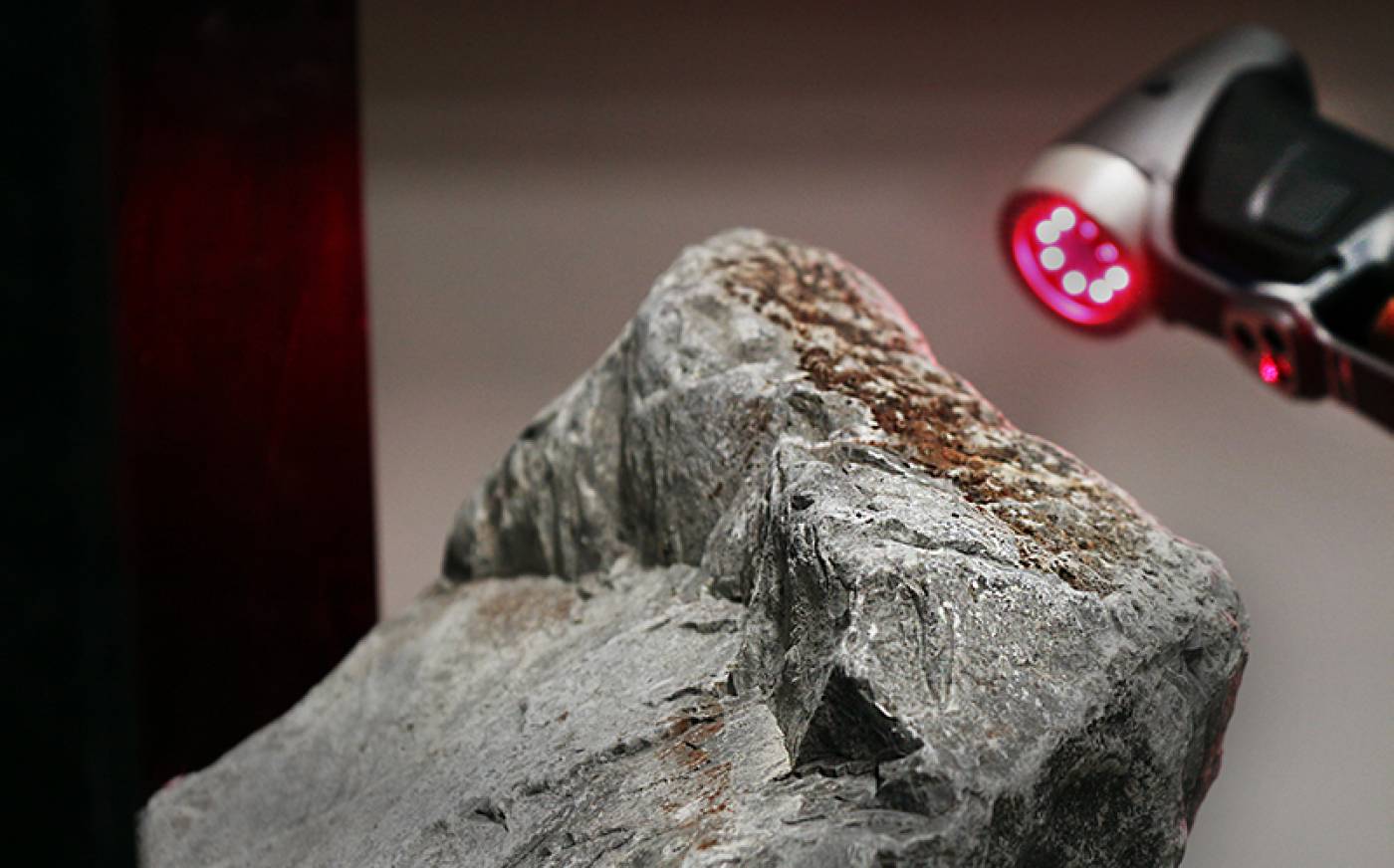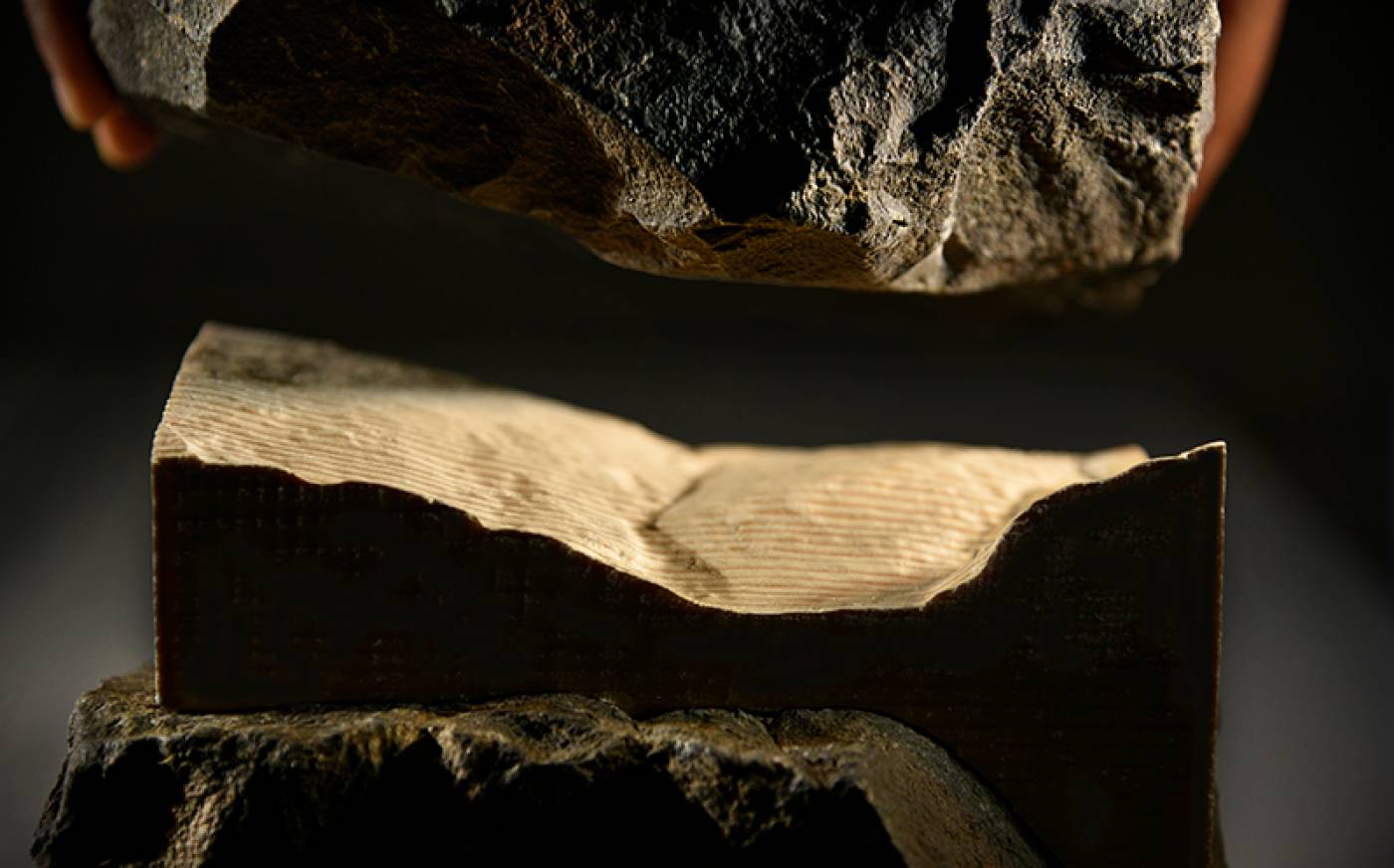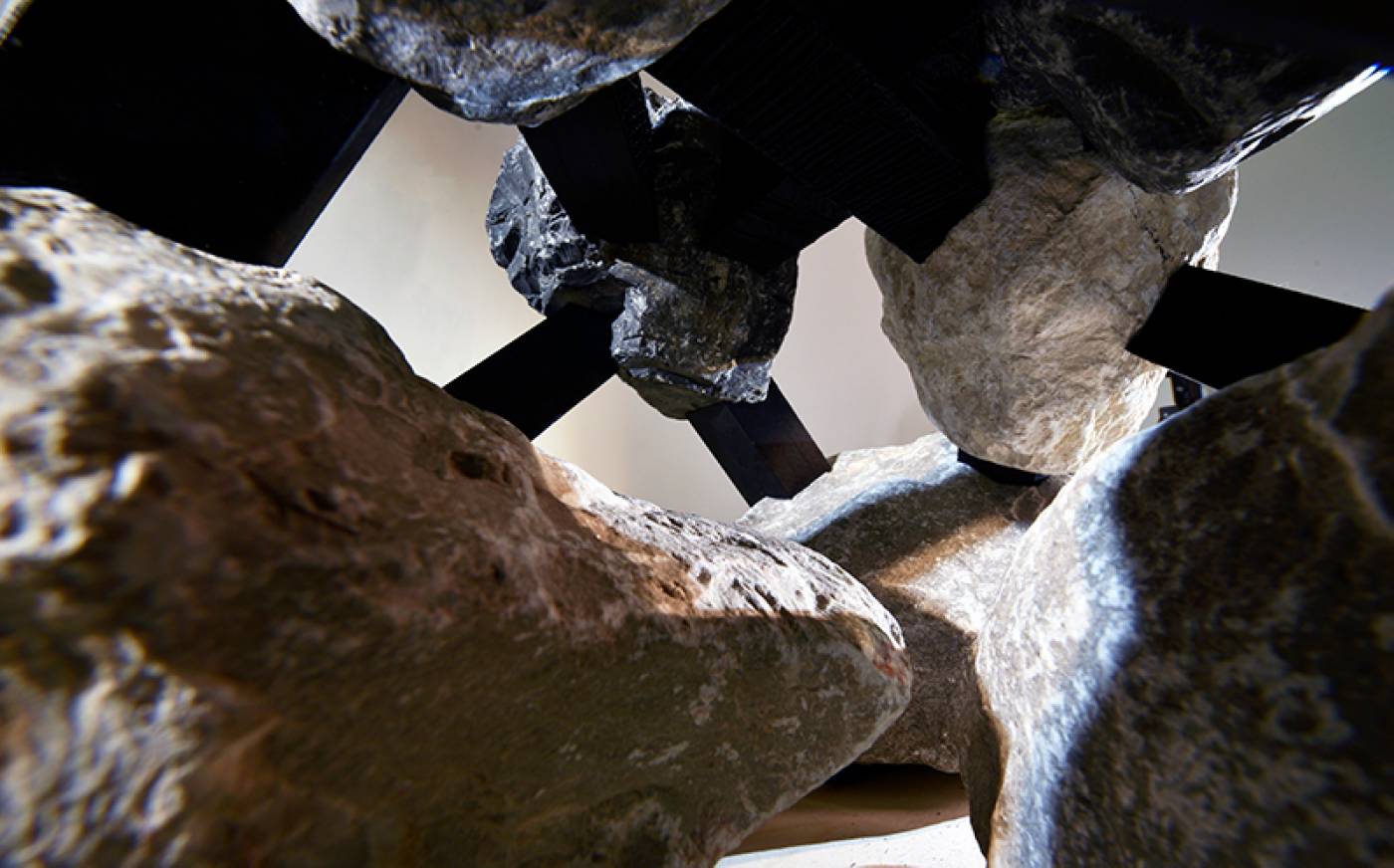Archana Chenthil Kumar, Matthew Osborne and Amir Arsalan Tahouni




The substitution of concrete with natural stone in the architecture, engineering and construction industries can reduce CO2 emissions by up to 90%. Throughout the world’s quarries are a large quantity of unusable, fractured, and irregular stone fragments brought about by the explosive and selective nature of extraction processes.
This project questions the necessity of discarding a material with such low embodied energy in an age of advanced digital tools. By exploring new applications of 3D scanning and parametric design workflows, it has begun to develop a methodology that affords the freedom of high precision and precise control over a non-standard material resource.
Taking a systems-engineering approach, the project defines a series of procedural methods capable of processing, classifying, and cataloguing an array of topological features into a library of scanned objects and optimal orientations.
As each construction unit is unique in form, they require a digital notational system to assemble without construction drawings. An augmented reality application was created to process digital 3D models and their defined sequential construction logic. The app then uses computer vision techniques to detect and recognise the unique silhouette and surface features of an individual unit to instruct its placement within the system.
- Images
1. Scanning.
2. Connection.
3. Augmented Assembly.
4. Supports.
 Close
Close

